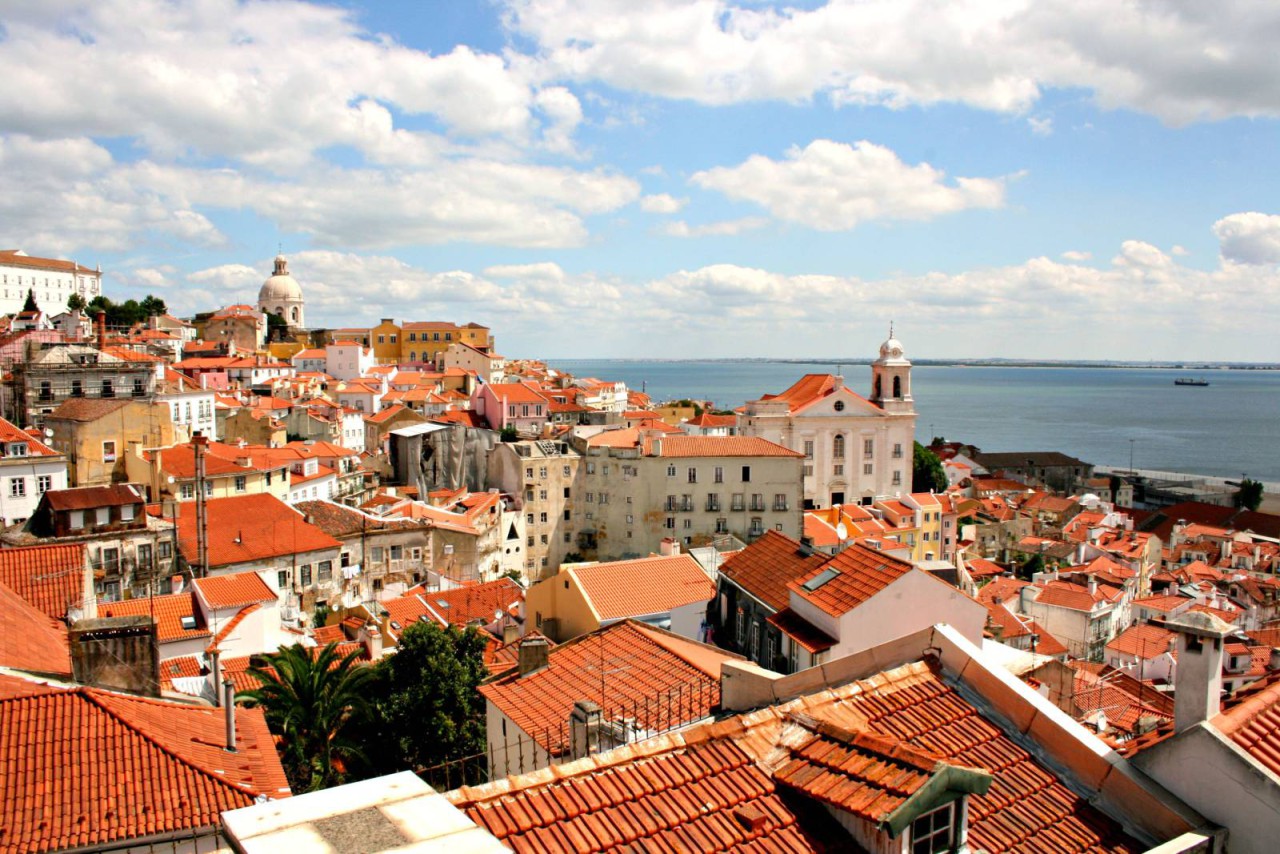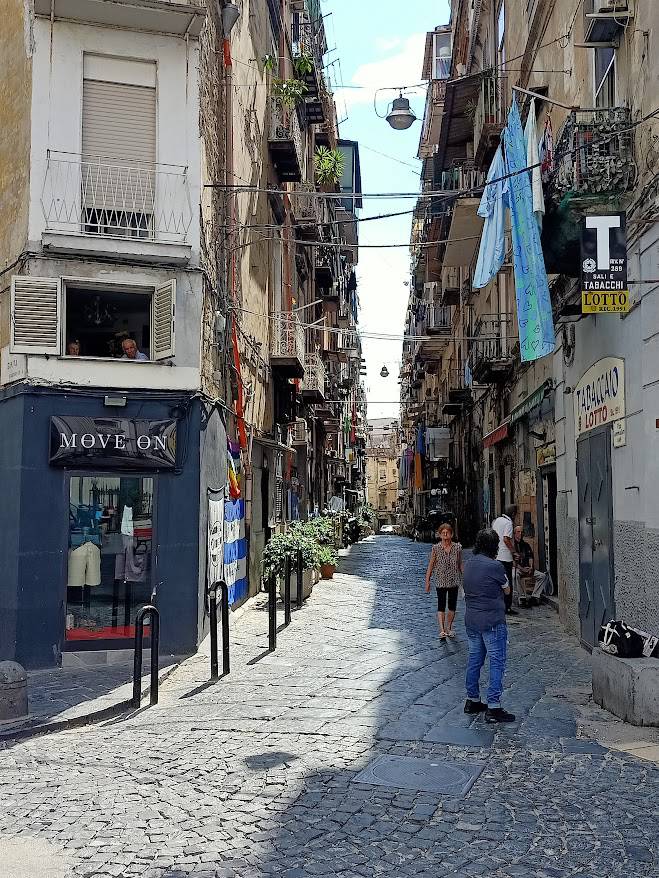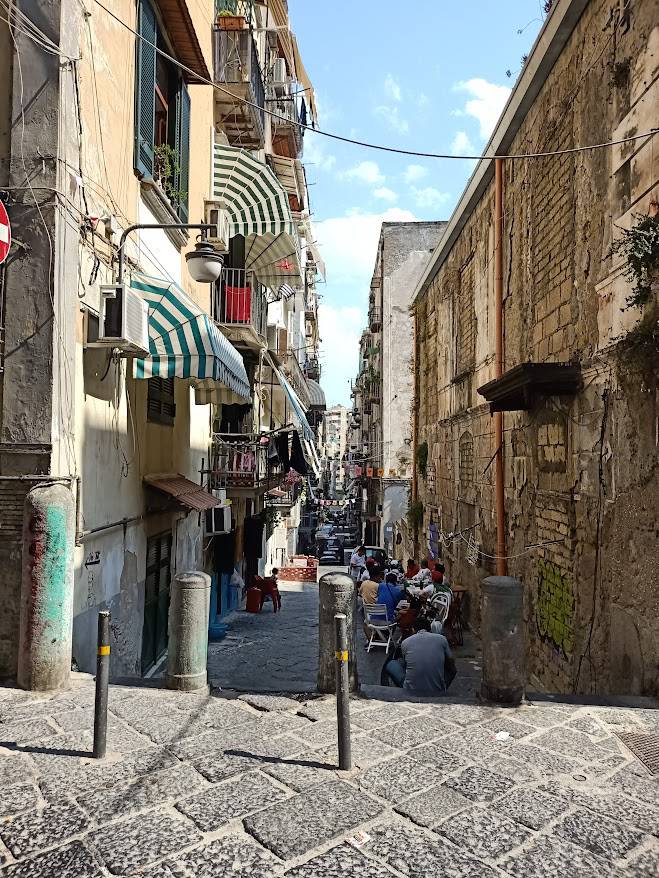Interview | Beauty in the built environment (part I)
A conversation with two scholars about what makes cities beautiful, and the role of planning in creating beautiful human environments (or not).
Aesthetics once played an indispensable role in city-making processes, as anyone who has ever visited a medieval Italian town or a Middle Eastern walled city can attest. These days, while aesthetics remain central to architectural practice, they have largely disappeared from planning discourse and practice - and the results are evident all around us. What happened, and how can we reintroduce a focus on beauty into urban theory and practice?
We invited two scholars to discuss the topic with us:
Asher Elbaz is a Ph.D. candidate at The Department of Geography and Environmental Development, Ben-Gurion University of the Negev. Asher is a multidisciplinary designer whose work deals with private and public space, in practice, theory, teaching, and research. He recently published a review of the academic literature on urban beauty.
Stefano Cozzolino is Senior Researcher at ILS – Research Institute for Regional and Urban Development (Dortmund) and Lecturer at RWTH University (Aachen). His research focuses on the interplay between planning/design and spontaneous social-spatial configurations. He is also the coordinator of the AESOP thematic group on Ethics, Values and Planning, and co-authored a new book on urban beauty and complexity.
How do each of you define the concept of "beauty" in the urban environment? What actually makes a place beautiful?
Stefano: This is such a vast topic, it's hard to provide a comprehensive answer. In general, beauty implies a certain degree of overall harmony and appeal in a certain object. Harmony is the result of a coexistence of recognizable patterns (i.e. order) and diversity (i.e. the specific details within that whole). The perception of beauty is influenced by time- and place-specific aesthetic canons and culture. This definition applies to many different fields, including music, painting, sculpture, human bodies, machines, etc., not just cities. It's worth mentioning that beauty is a judgment rendered independently of personal attachment. In other words, an object can be beautiful regardless of whether one owns it or not.
Asher: Urban beauty is the result of many ingredients. Some are related to form, volume and texture, some to management and maintenance of spaces, and some have to do with social, communal and historical elements that are given expression in actual physical space. These ingredients can work together to create beauty, which is expressed in overall harmony. Sometimes there is no connection at all to the visual or stylistic aspects of space. For instance, the spatial expression of a policy that takes into account the needs of a disadvantaged community and enables grassroots, popular interventions can be perceived as beautiful without any relation to the physical form it actually takes. Some call this "aesthetic space" - a space located between the real and the imaginary, between the physical and the perceived.
Stefano: Agreed. A beautiful built environment implies a multisensory experience, beyond just the visual and the physical, or architectural, aspects. The perception of beauty also depends a lot on social aspects, such as people's behaviours and activities within space. For example, imagine two identical urban areas with the same spatial forms but drastically different social environments. One is affected by fear and social tensions, with widespread urban fabric abandonment, while the other is rich in social life interactions and prosperous economically. I would expect people to prefer the second situation, not the first.
Including social aspects in the definition of urban beauty is key to understanding the deep difference between urban and architectural beauty. We are talking about two interrelated but very different things. This is the reason why, many times, urban areas with no apparent architectural qualities are perceived as beautiful - if they offer certain social characteristics.
"It is crucial to stress this difference because while architectural beauty can be designed, urban beauty is, in large part, emergent and spontaneous."
Certain urban conditions (including spatial forms) can enable the emergence of beautiful urban contexts, but they cannot directly create it. Limiting the understanding of urban beauty only to visual aspects means missing the point almost completely. Nevertheless, contemporary discussions on urban beauty are mainly limited to architectural aspects. There is much room for further research and exploration in this area.
Why do you think questions of aesthetics have become so marginalized in contemporary planning discourse and practice?
Stefano: Two main reasons. First, many believe that beauty is a subjective judgment, and therefore without collective scientific relevance. Second, many believe that beauty is a "trivial" and "superficial" topic that is of interest only to a very limited circle of elitists. Regarding the first argument, while it's true that the experience of beauty is individual, our society generates patterns of preferences regarding beauty all the time.
Regarding the second, beauty affects everyone regardless of their social status. Moreover, a beautiful urban environment can also emerge in economically disadvantaged contexts. Beauty, dignity and care are closely related topics in my opinion. Very often certain poor areas offer much more dignity, colour, diversity and appeal than other, more affluent, areas. The people who live in these places quite often care about maintaining and improving the place where they live.
Asher: Regarding the first reason, this is the argument that "beauty is in the eye of the beholder." In other words, beauty is a subjective, individual matter of taste, and not a collective judgment made by societies. In planning theory, however, pursuit of the common good (including where beauty is concerned) is considered a cornerstone of good planning. So, there is a conflict here between two approaches: one advocated by those who strive for "objectivity" in planning, and another that values subjective community (and professional) input.
It's also important to consider that aesthetics in general, and beauty in particular, began to emerge in urbanism only around the turn of the 20th century. Until then these questions were very much limited to areas like art, museums and philosophy, and less so to the built environment. If there was a reference to urban beauty, it was more related to the architectural beauty of particular buildings and less to the public urban space.
Stefano: Exactly. Before the twentieth century, beauty represented an ideal to which an individual could aspire by connecting a new action or object to an already existing order of things. This definition represents a trajectory individuals should consider every time they build new objects (e.g. a new building), decorate existing ones, or in terms of behaviours. Respecting an existing order doesn't mean maintaining the status quo but fitting into the surroundings (both social and physical). Within this framework, there is plenty of room for innovation. Keeping these questions out of scientific debates is irresponsible.
On that note, I think in a lot of people's minds, there's this idea that built environments that are really old are somehow just naturally beautiful, whereas more modern places are just doomed to be ugly. Is there any way to challenge this idea, which normalizes low aesthetic expectations?
Asher: Yes, it seems that this is indeed the case and something in modern planning theory has gone wrong. Some blame the Modernist tradition, saying that it deliberately sought a break with the past in favour of something new and better. Certainly, there was much to repair after the destruction of the European city centres after the world wars - and even earlier, with the spoiling of urban environments during the Industrial Revolution. Undoubtedly there was much to fix and improve. But giving up a treasure trove of ancient knowledge related to pre-modern urban development is a painful concession and its price, apparently, is ugliness.
Stefano: Rather than simply accept the status quo, we should focus on the elements and principles that make an old built environment beautiful. Usually, there is a sense of overall harmony in construction types and spaces in these places. Second, traditional cities enable the use of streets and social life. Third, one can lose oneself in looking at specific details (e.g. front doors, windows, facades, etc.), details that, most of the time, have been developed over a long period by countless individuals. This is an important aspect that we often don't take into consideration.
"What people don't like in many new neighbourhoods is the lack of social expression. People immediately recognize a certain degree of depersonalization and dullness."
These new areas are often designed on a very large scale and by one main firm. Everything is controlled in a centralized manner, and there is very little space for spontaneity and emergent diversity.
I am not saying that large-scale designs always produce unpleasant environments. However, if these new developments are not capable of incorporating many new and small actions by their inhabitants in the long term, there is a risk of blocking diversity and social expression. Without enabling the social expression of a place's inhabitants, I think it is hardly possible to have beautiful urban areas. In this regard, more attention should be paid to the ownership structure of the built environment. It is essential to generate places that distribute design responsibilities among multiple agents.
To conclude, if I can advance a critique of "modern" designs (although this includes many different things), it is that they do not sufficiently take into account the need to have areas that are open to self-adaptive and progressive processes of change. They treat the design of new urban areas as if they are architectural objects. But urban beauty is a different thing.
When you subscribe to the blog, we will send you an e-mail when there are new updates on the site so you wouldn't miss them.





Comments